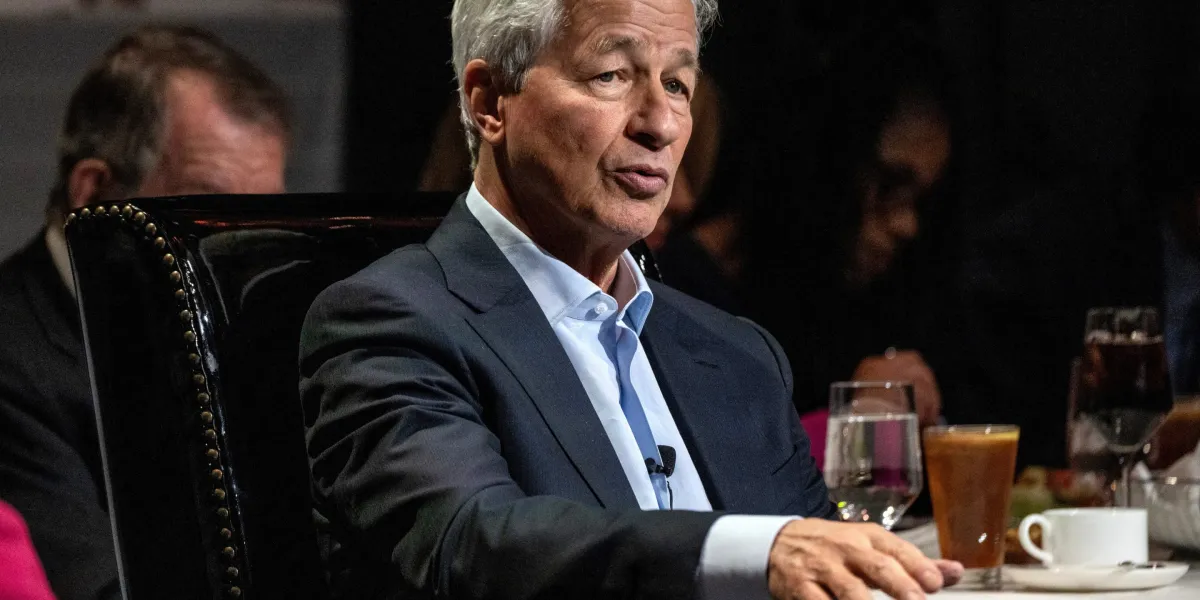Inside JPMorgan's Crisis Command: Jamie Dimon's Grueling Year of 24/7 Financial Warfare

In a dramatic late-night emergency, Jamie Dimon, CEO of JPMorgan Chase, mobilized his entire team with lightning speed after receiving a critical phone call that would change the course of financial history. The urgent communication came directly from Alan Schwartz, then-CEO of Bear Stearns, who delivered a shocking revelation: the investment bank was in desperate need of $30 billion to prevent an imminent financial collapse.
Without hesitation, Dimon sprang into action. At 9 PM, he summoned JPMorgan's key staff, assembling a crisis response team that would work through the night to assess the situation and develop a strategic intervention. The late-night call marked a pivotal moment during the 2008 financial crisis, highlighting the intense behind-the-scenes negotiations that would ultimately reshape the American financial landscape.
The urgency of Schwartz's request underscored the precarious state of Bear Stearns, which was teetering on the brink of bankruptcy. Dimon's swift and decisive response would soon lead to JPMorgan's historic acquisition of Bear Stearns, a move that would become one of the most significant financial transactions of the 2008 economic meltdown.

